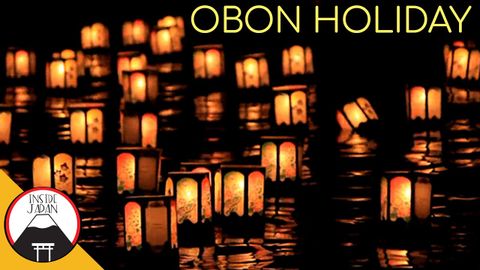What You Need To Know About Obon お盆
Courtney Shih 發佈於 2019 年 08 月 01 日  沒有此條件下的單字
沒有此條件下的單字US /məˈdʒɔrɪti, -ˈdʒɑr-/
・
UK /mə'dʒɒrətɪ/
- n. (c./u.)大多數 ; 過半數 ; 大半;成年;多數黨;多數票
- adj.異性戀者;異性戀的;率直的;立刻的;直的;整齊的
- adv.筆直地;立刻地;誠實地;直接地;立即
- n.異性戀者
- v.t./i.弄直
US /kənˈsɪdər /
・
UK /kən'sɪdə(r)/
- n. (c./u.)畏懼;敬畏;擔憂;顧慮
- v.t./i.恐懼
